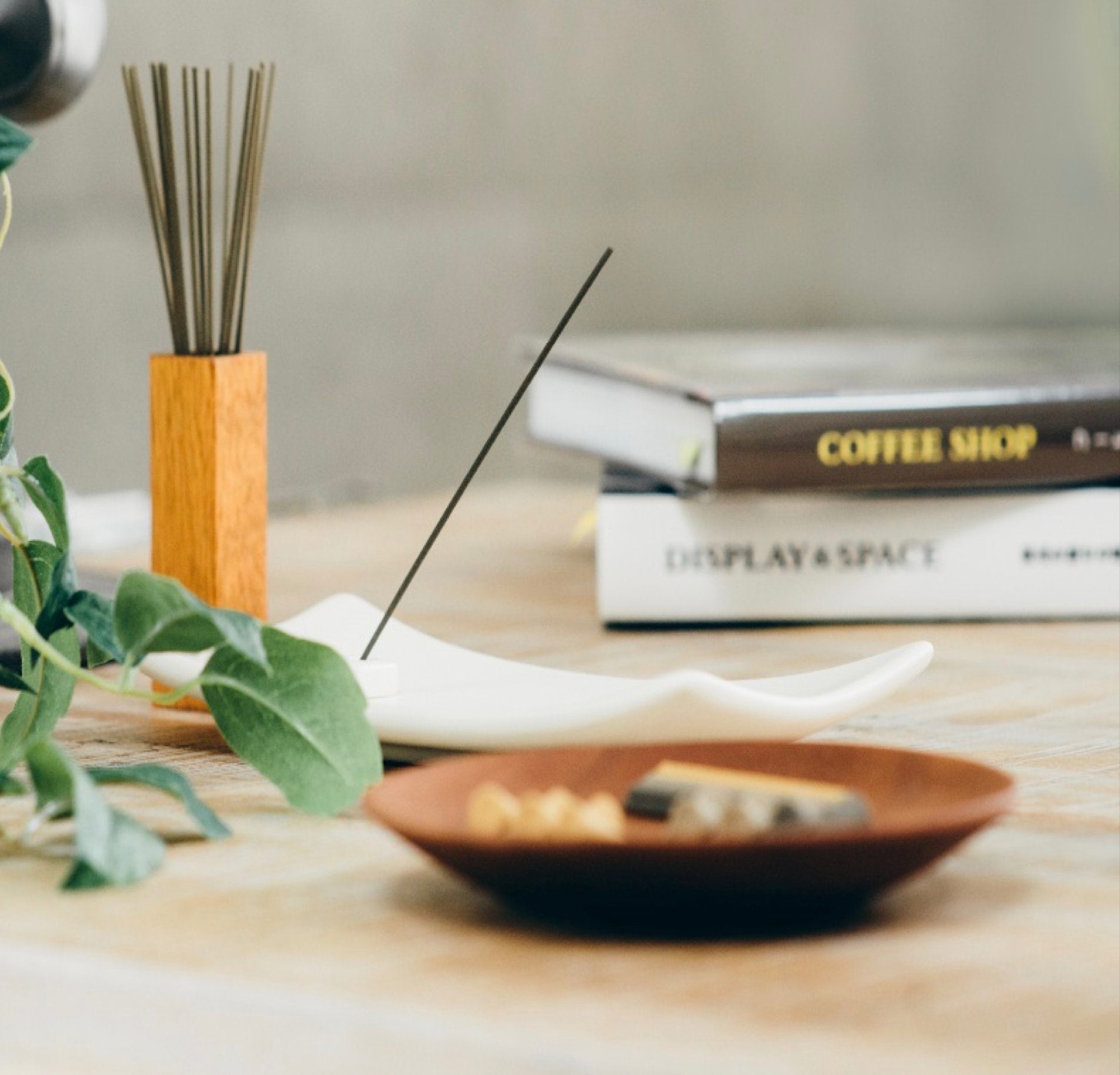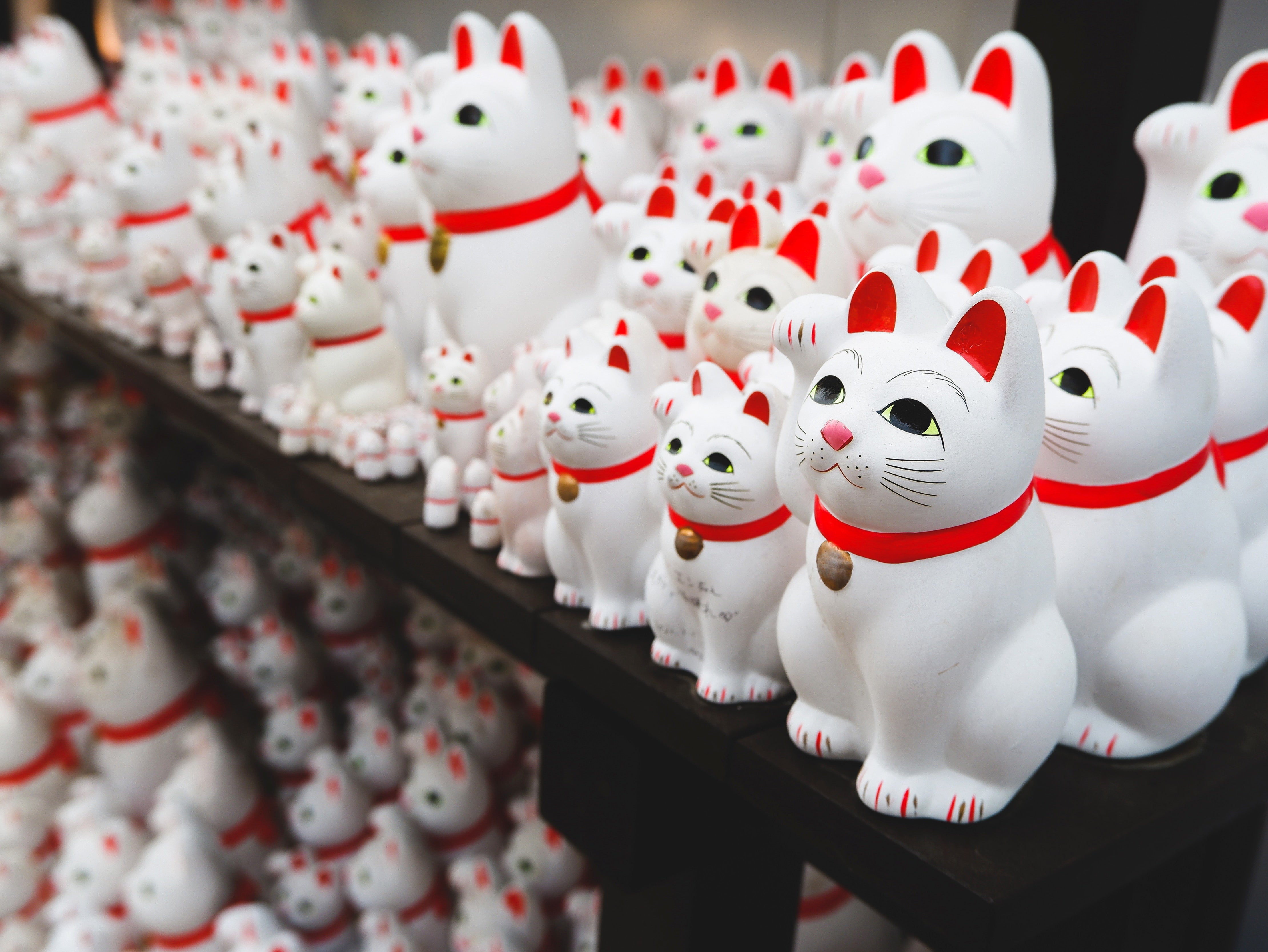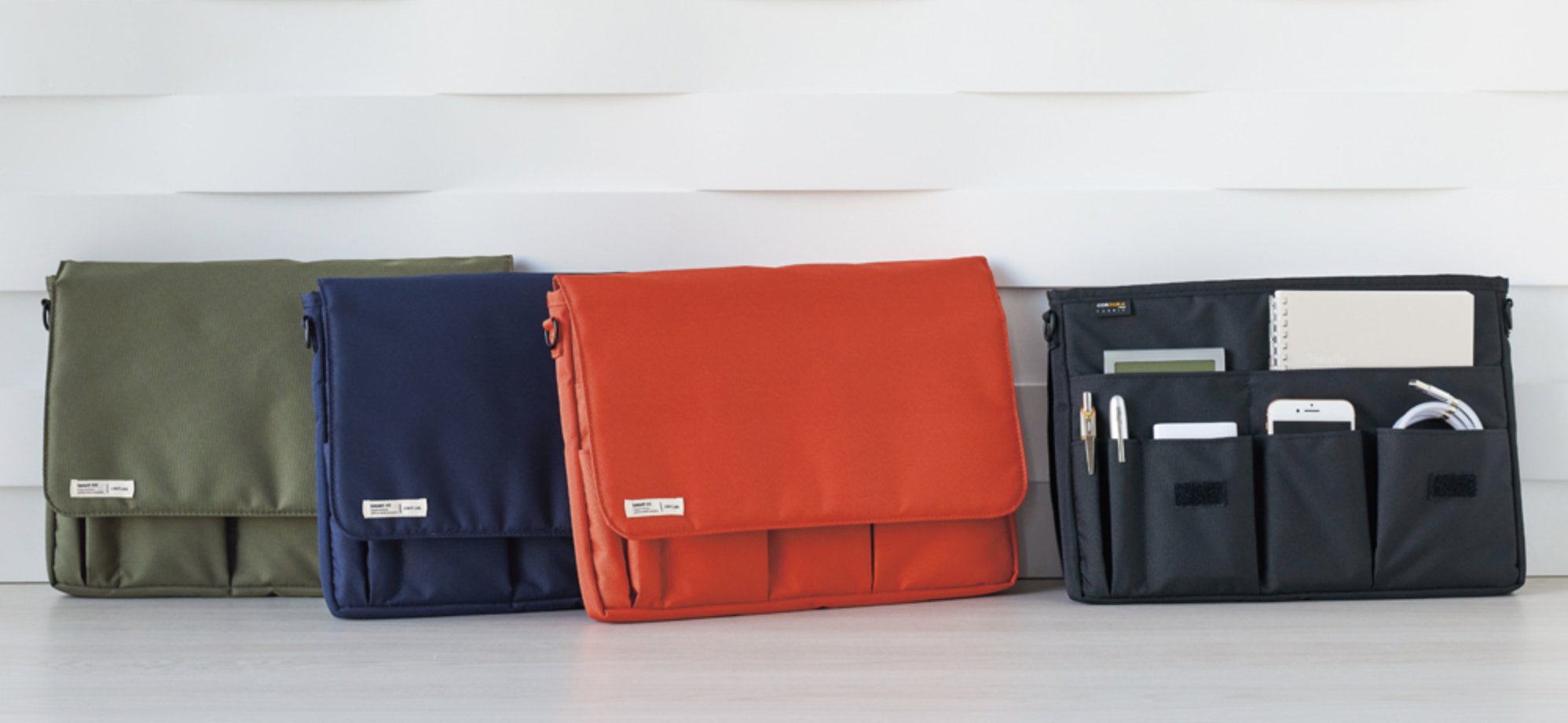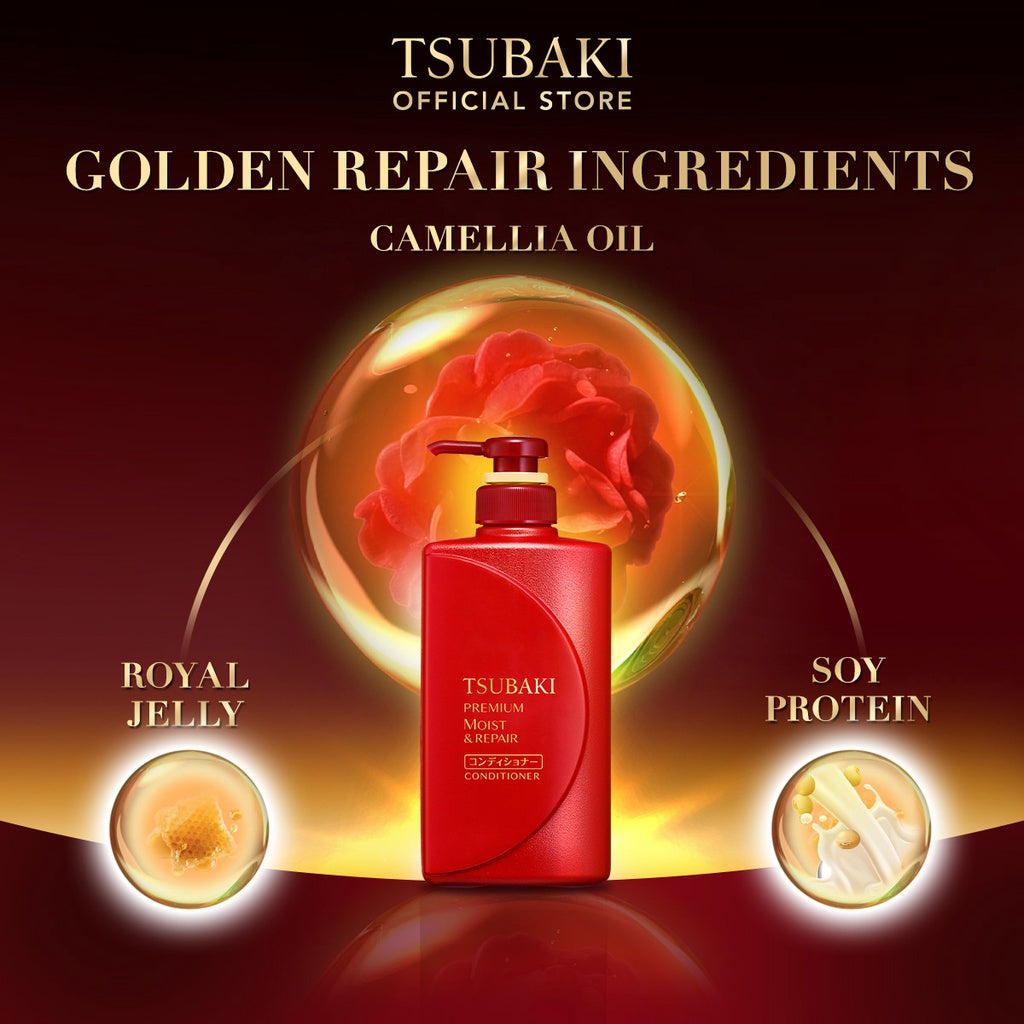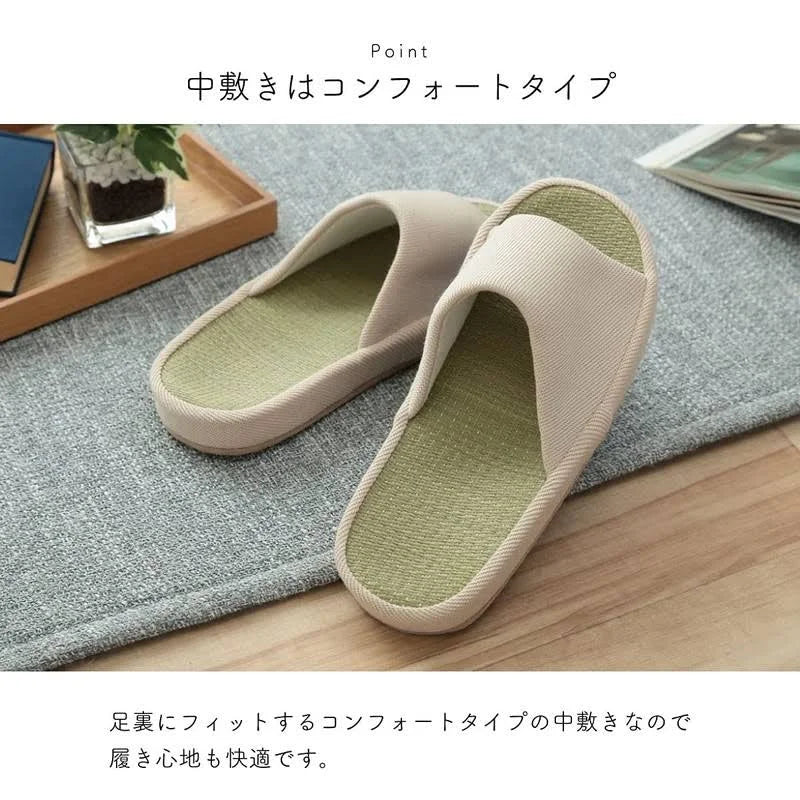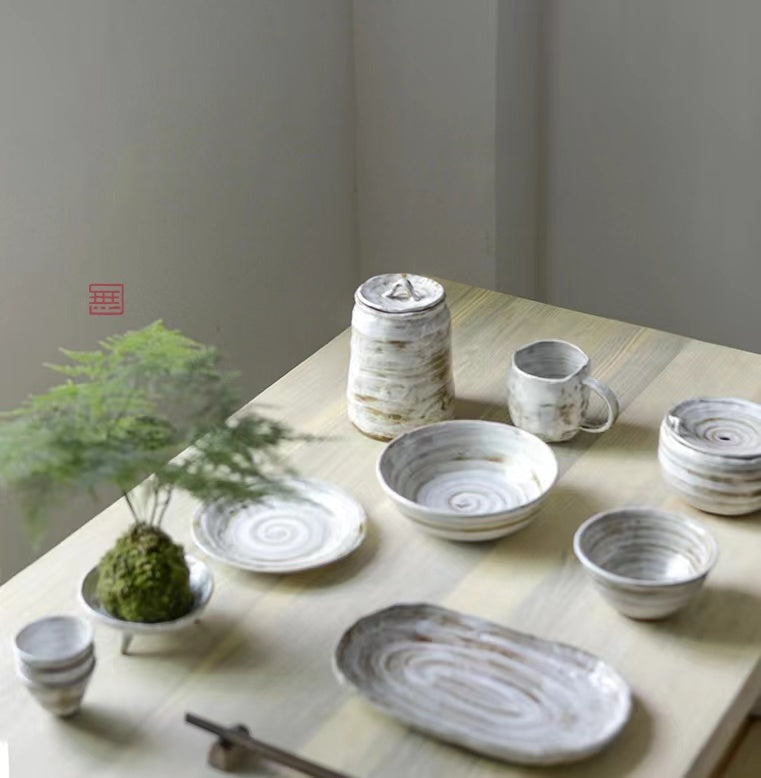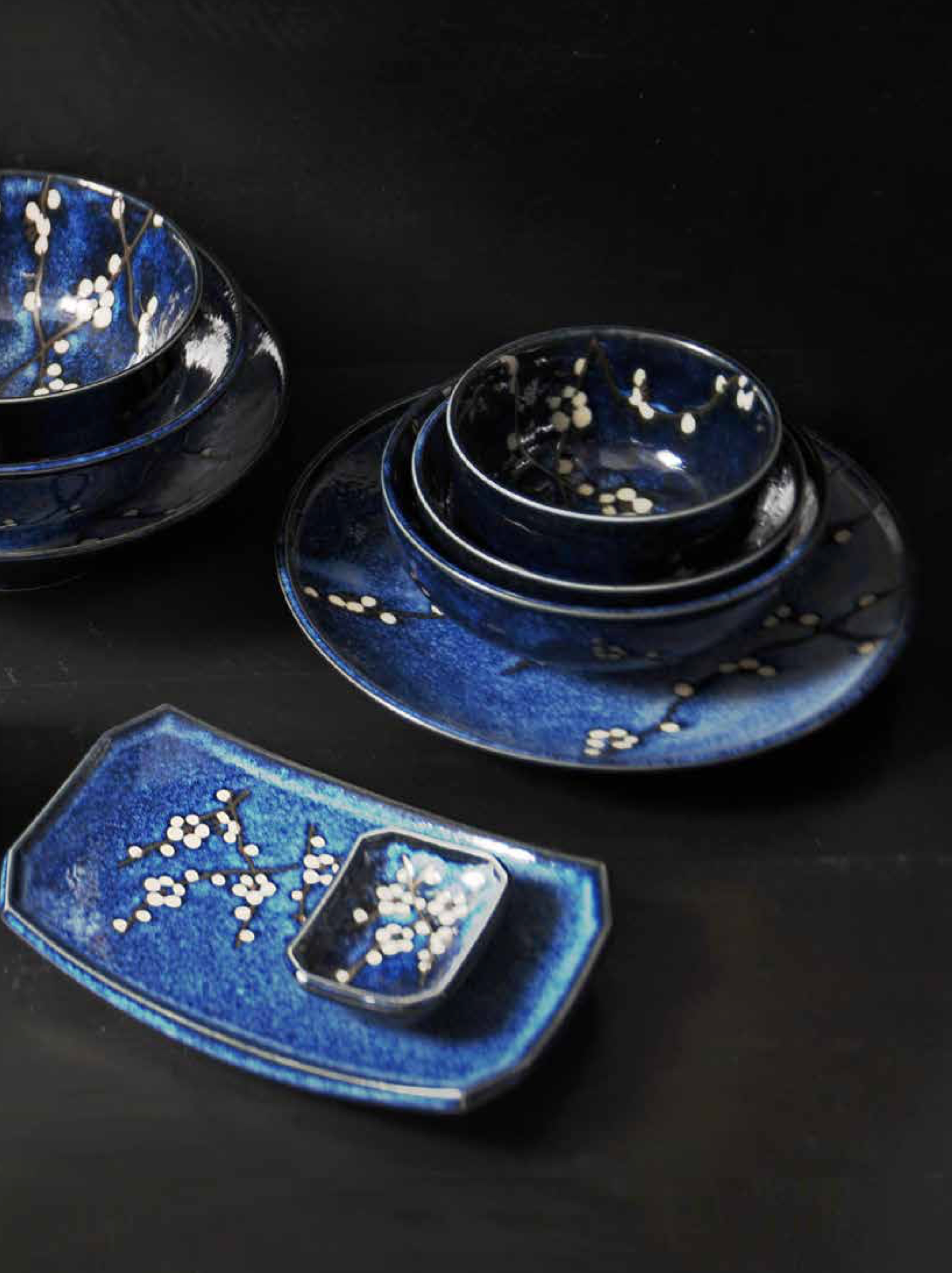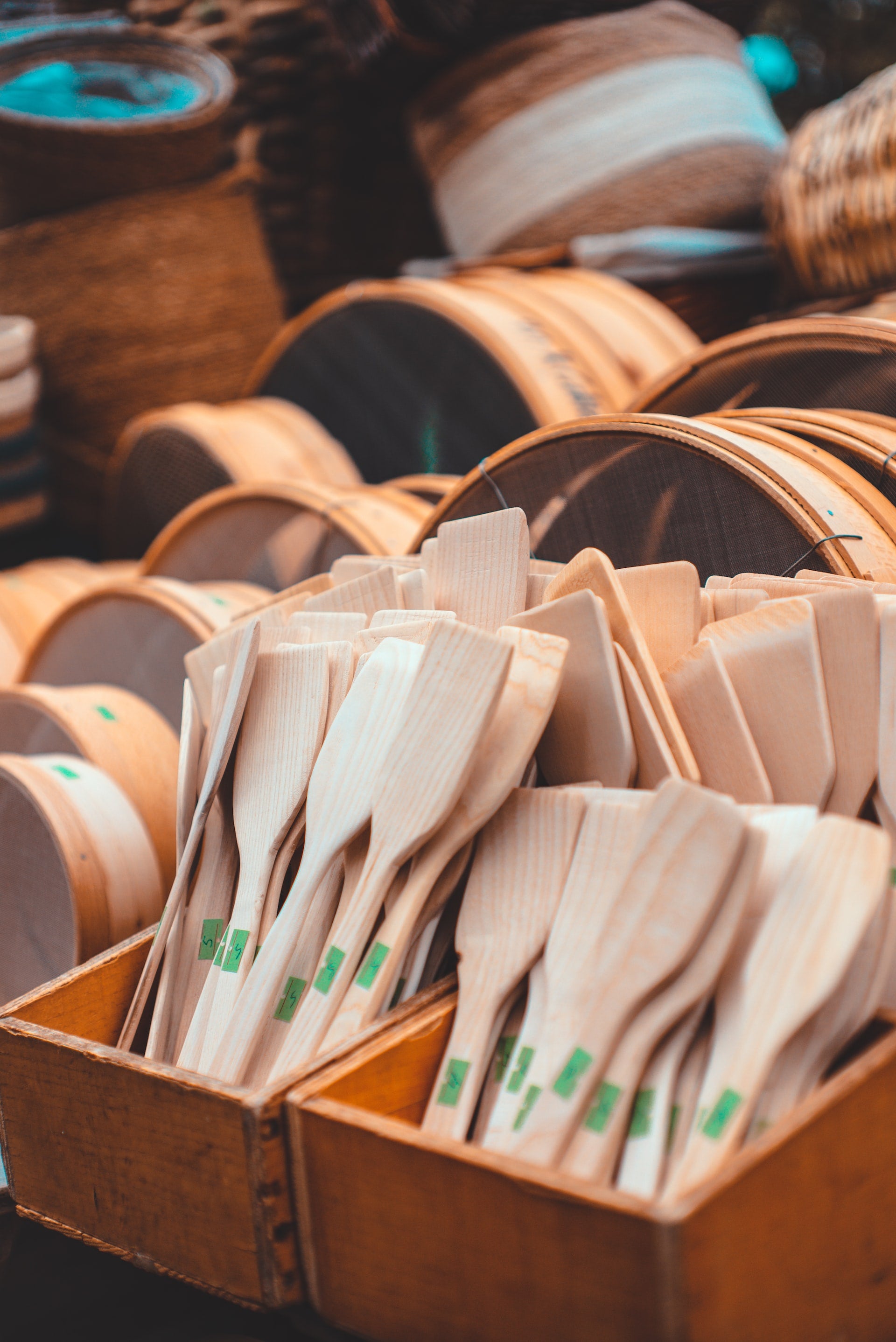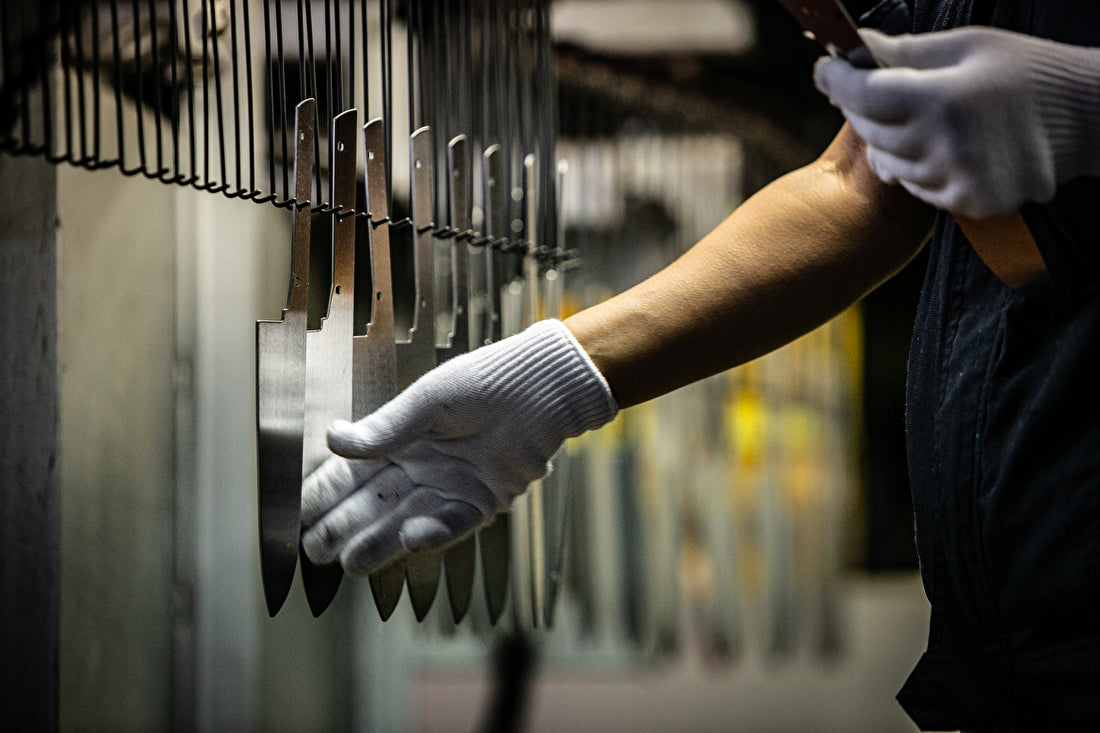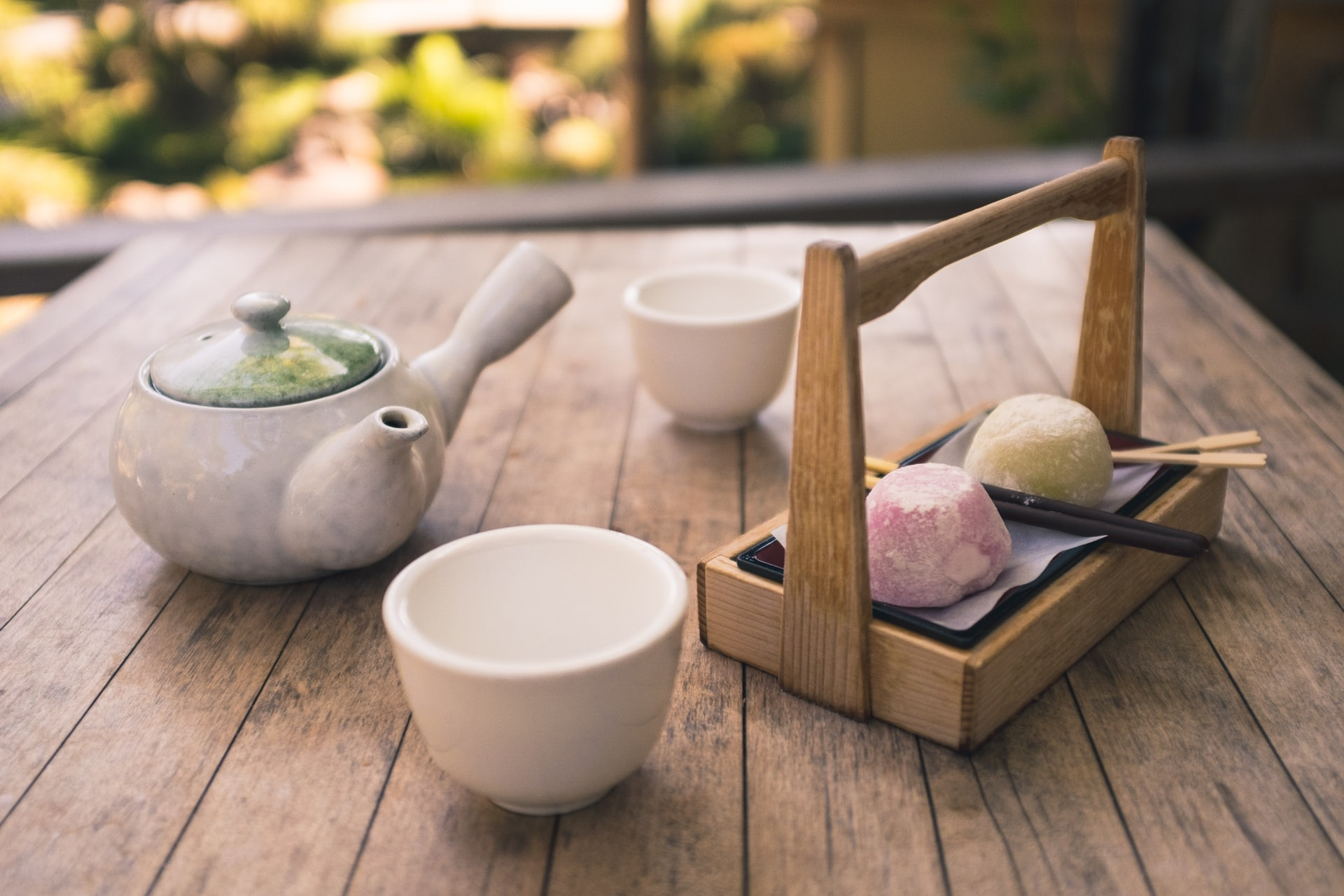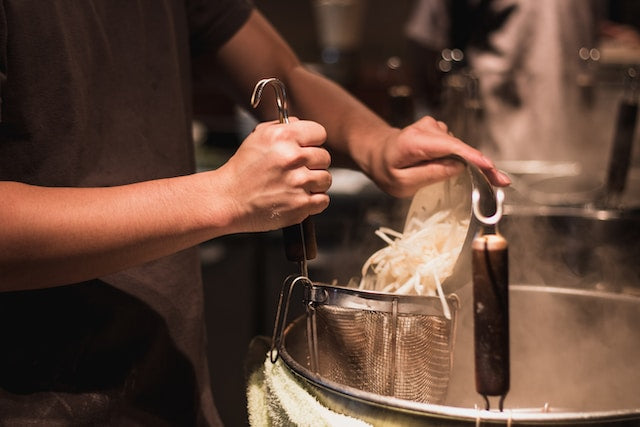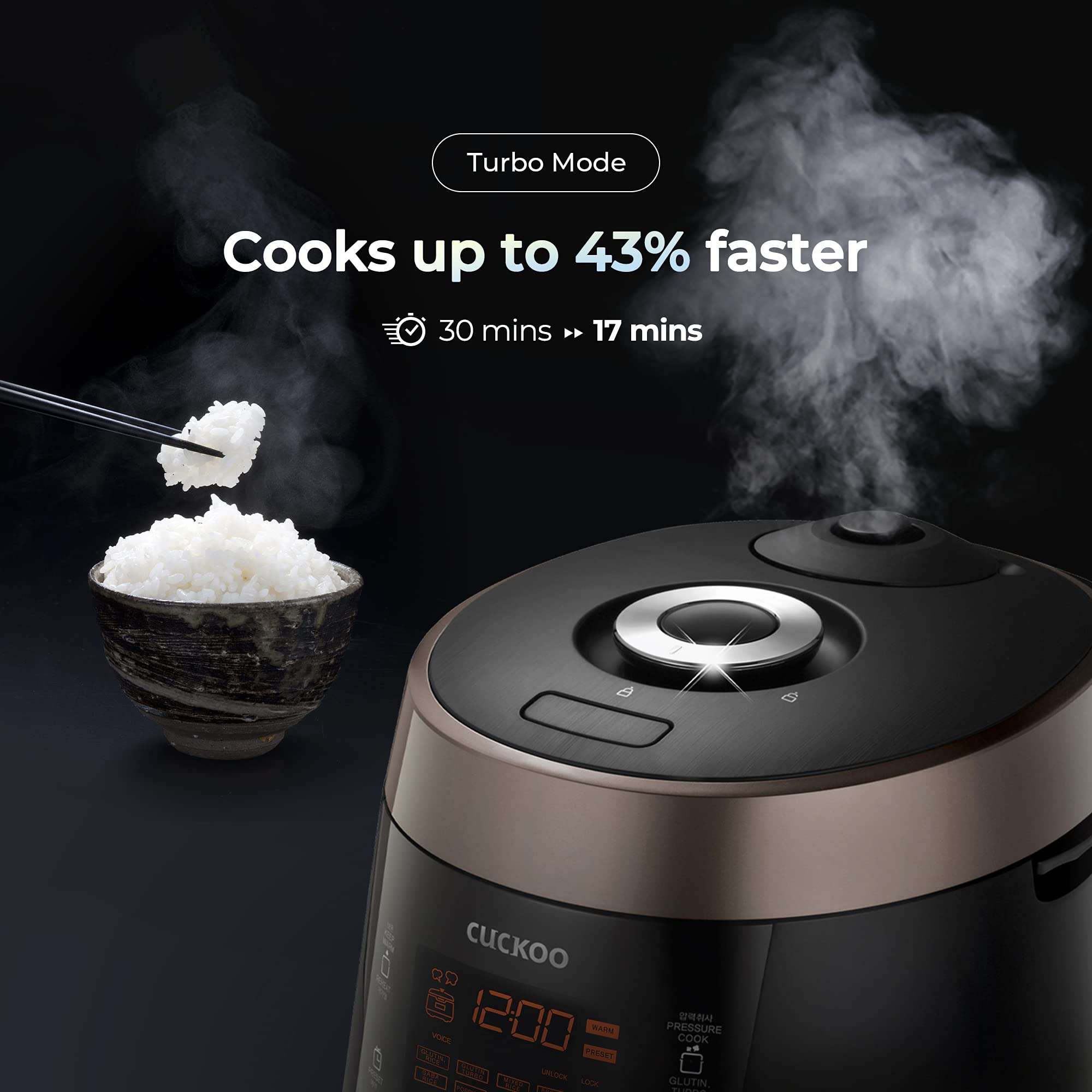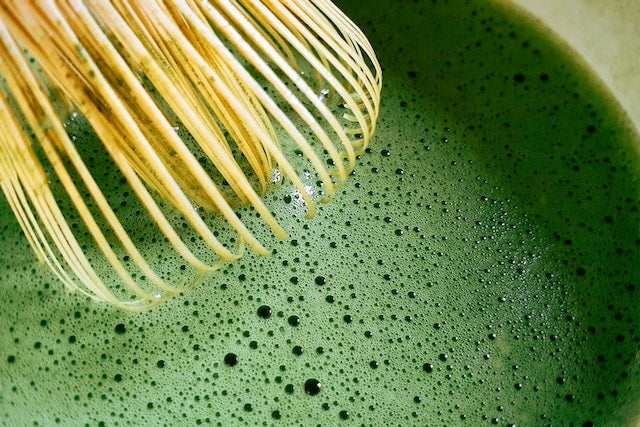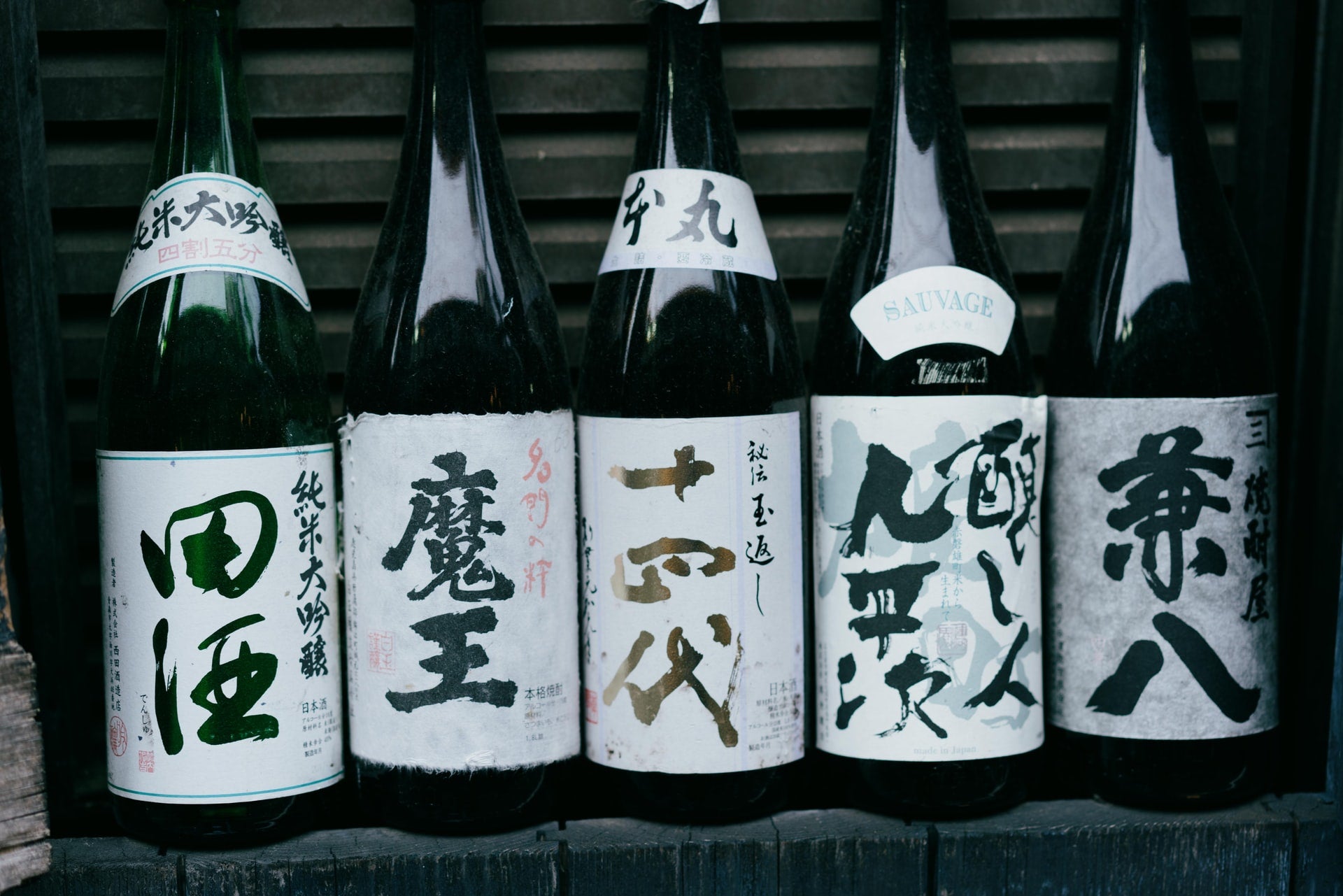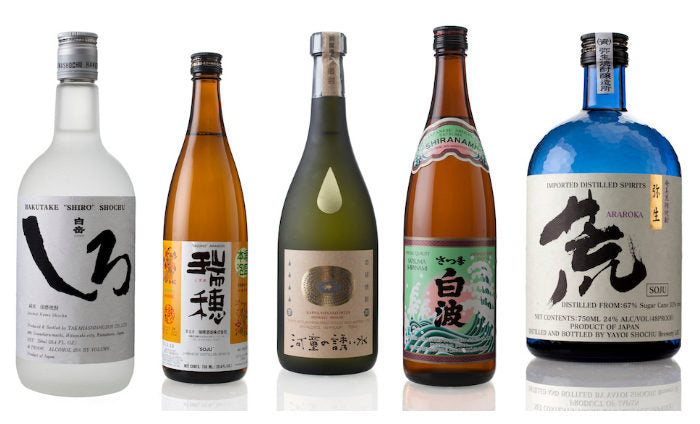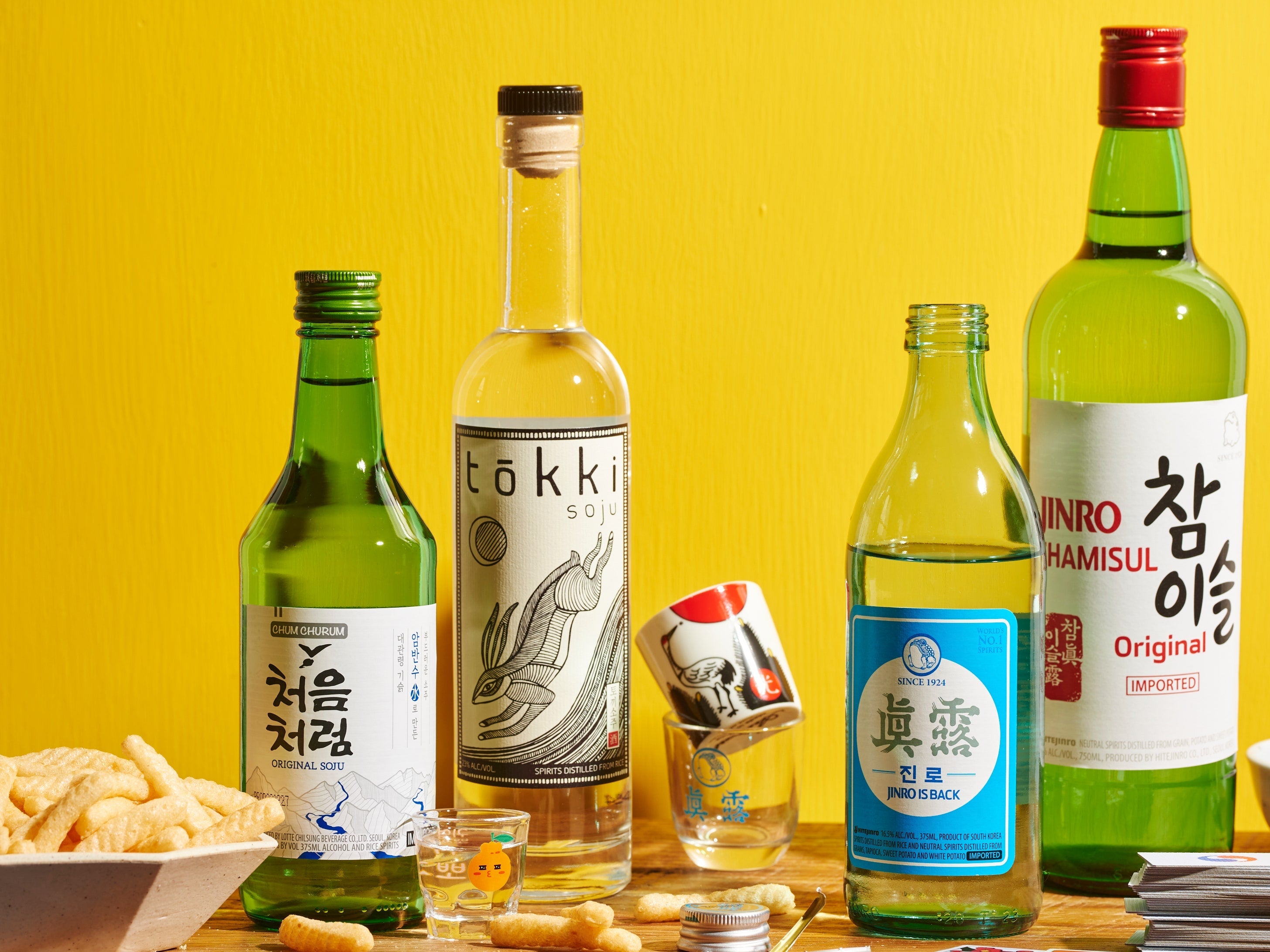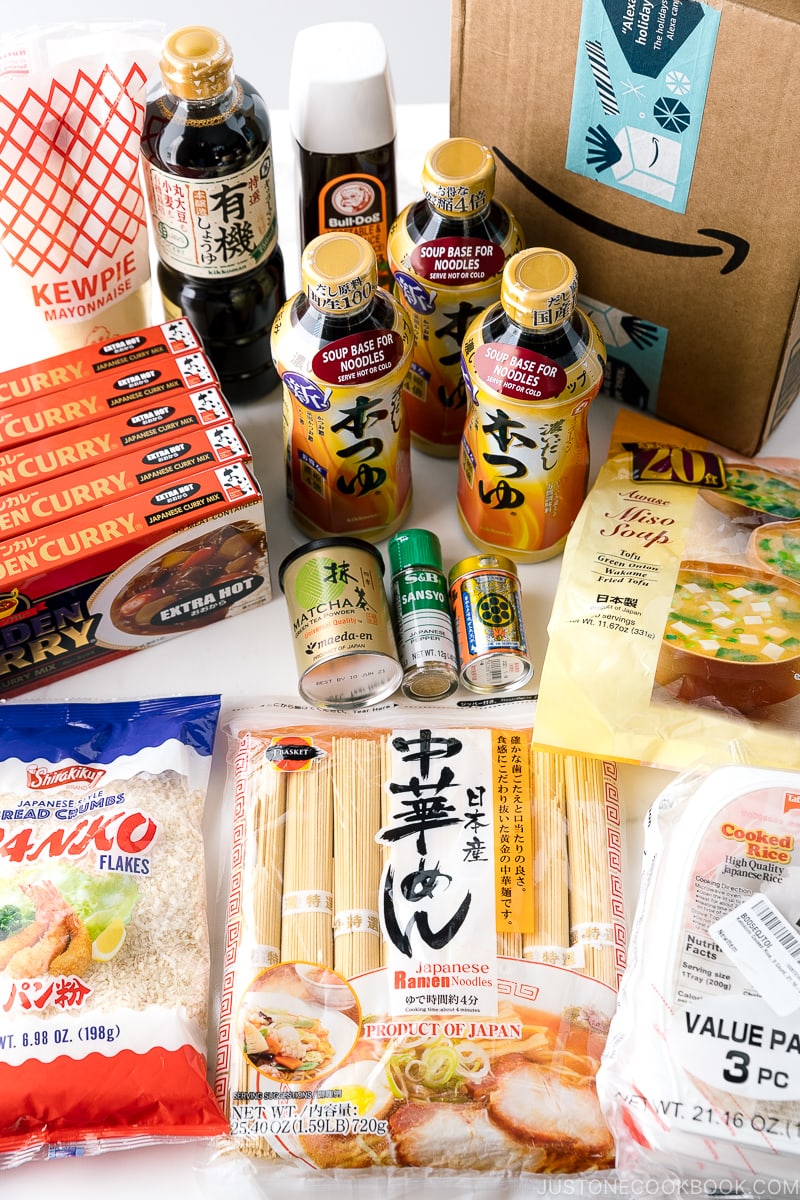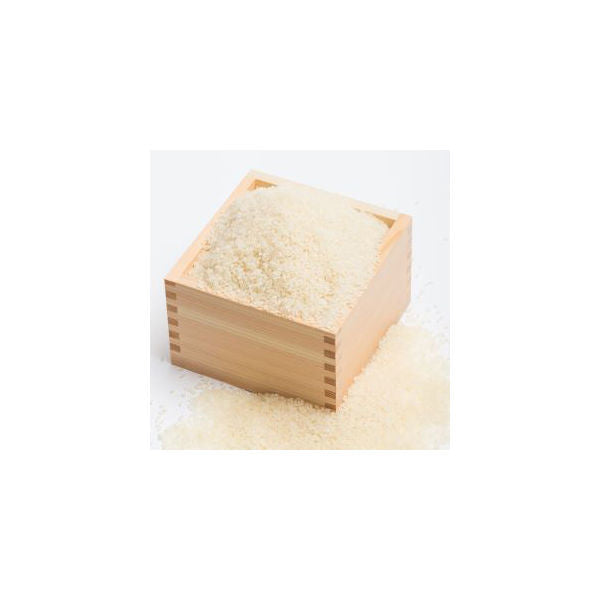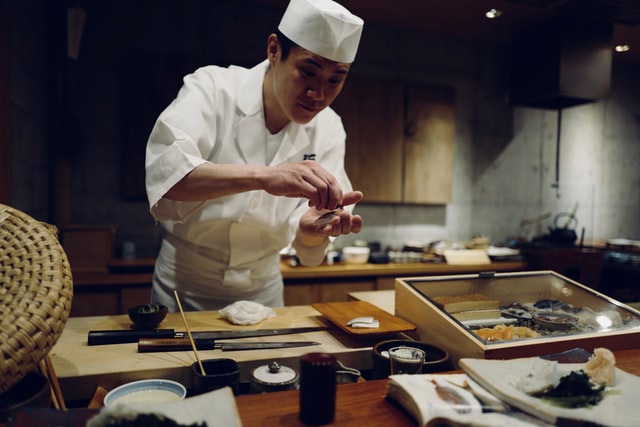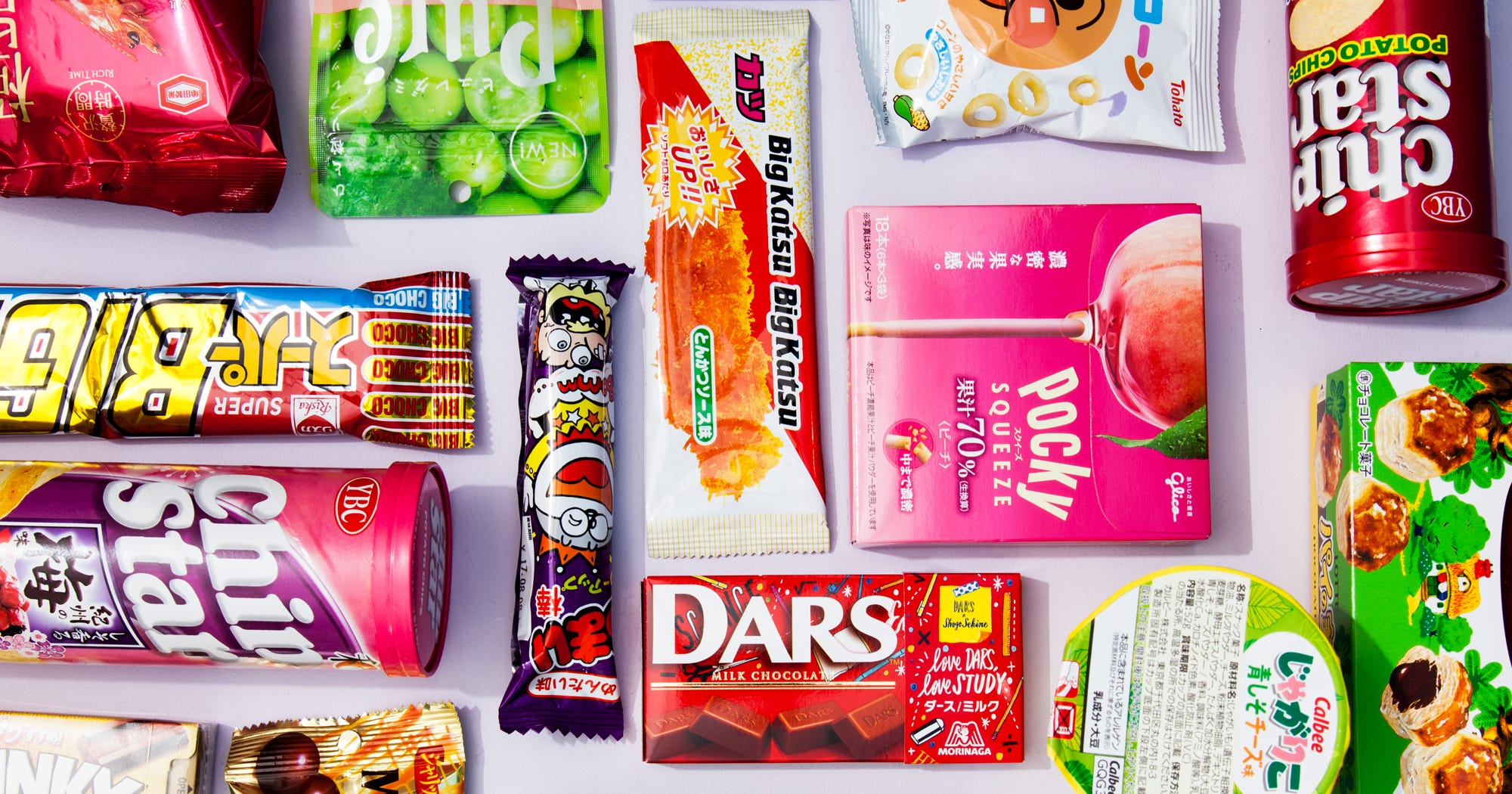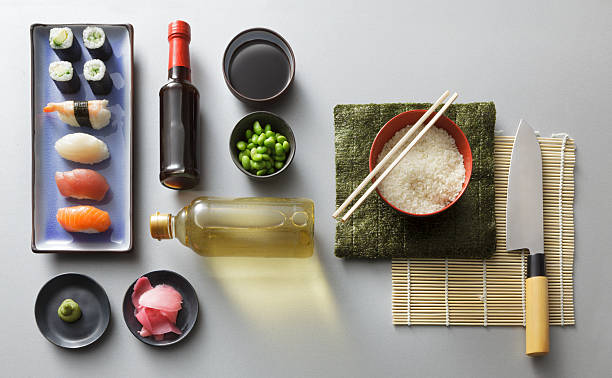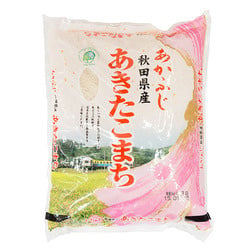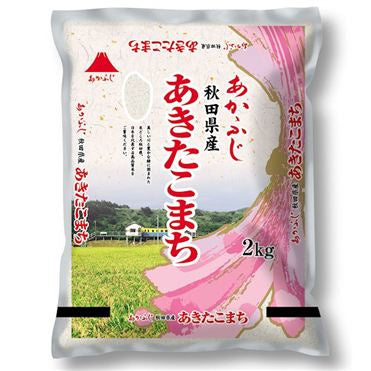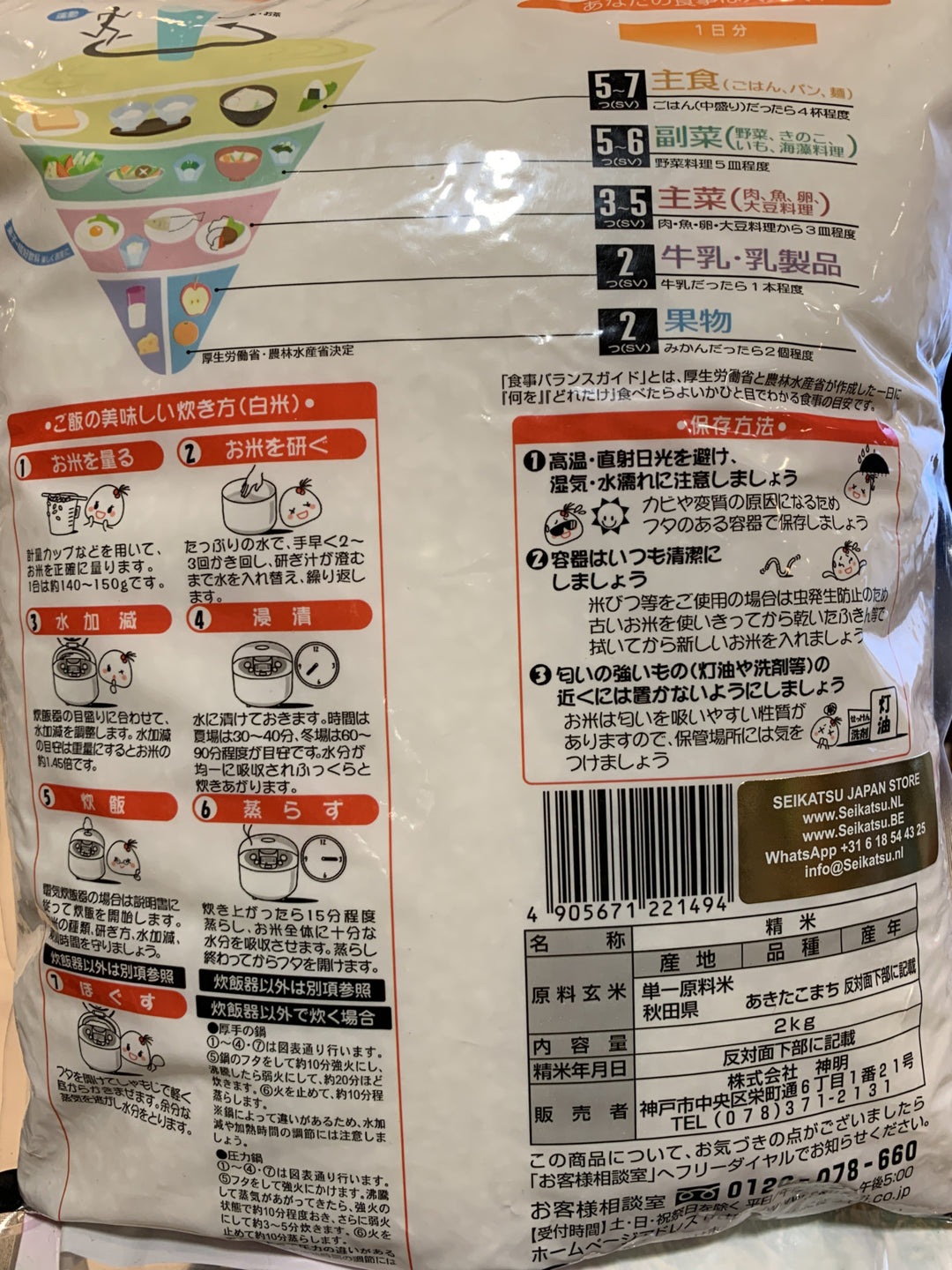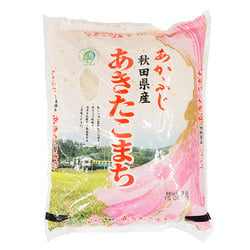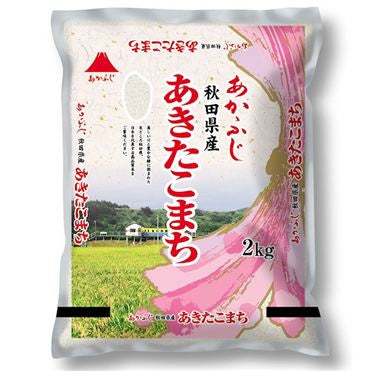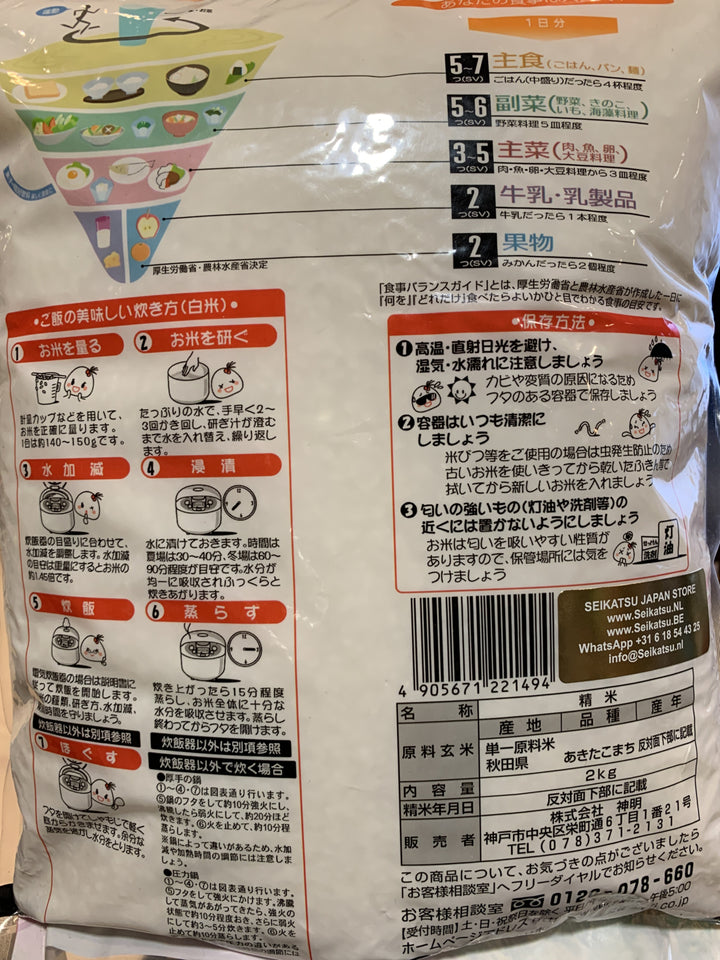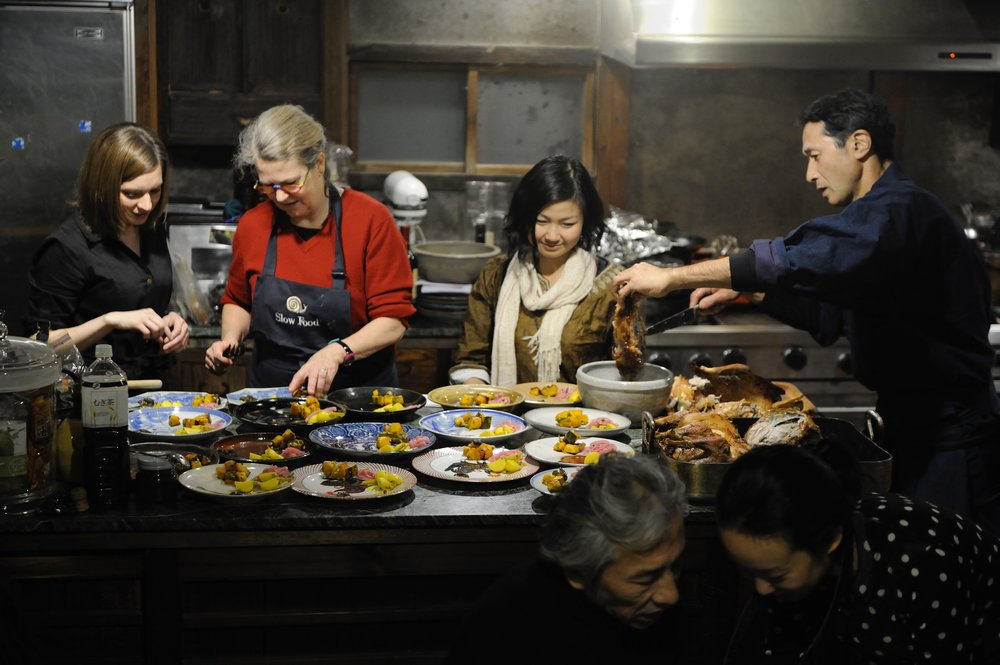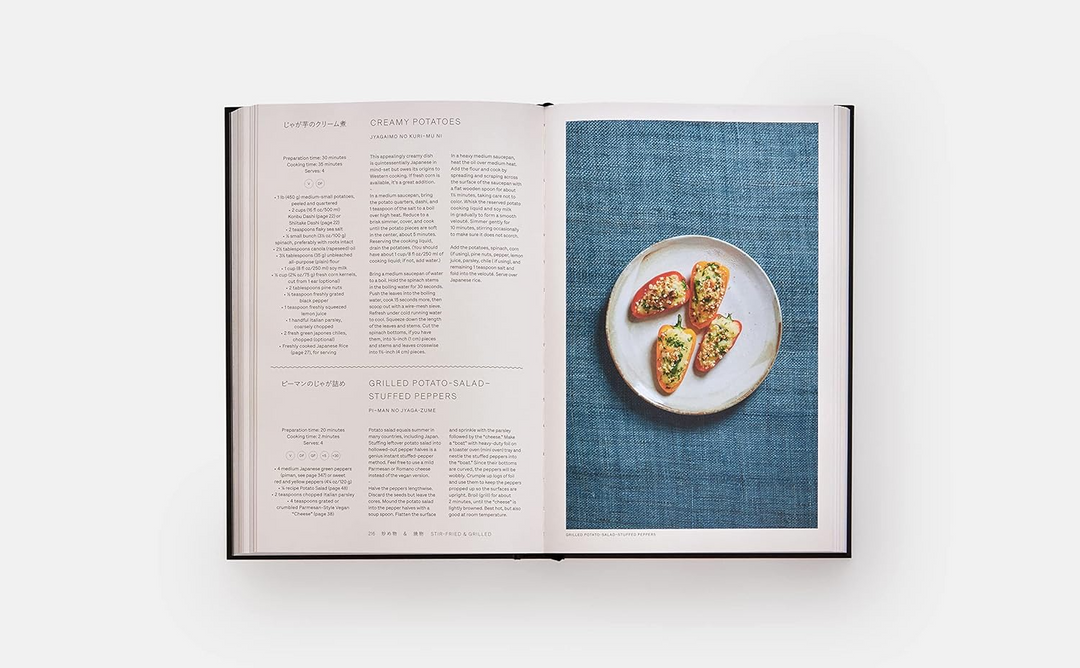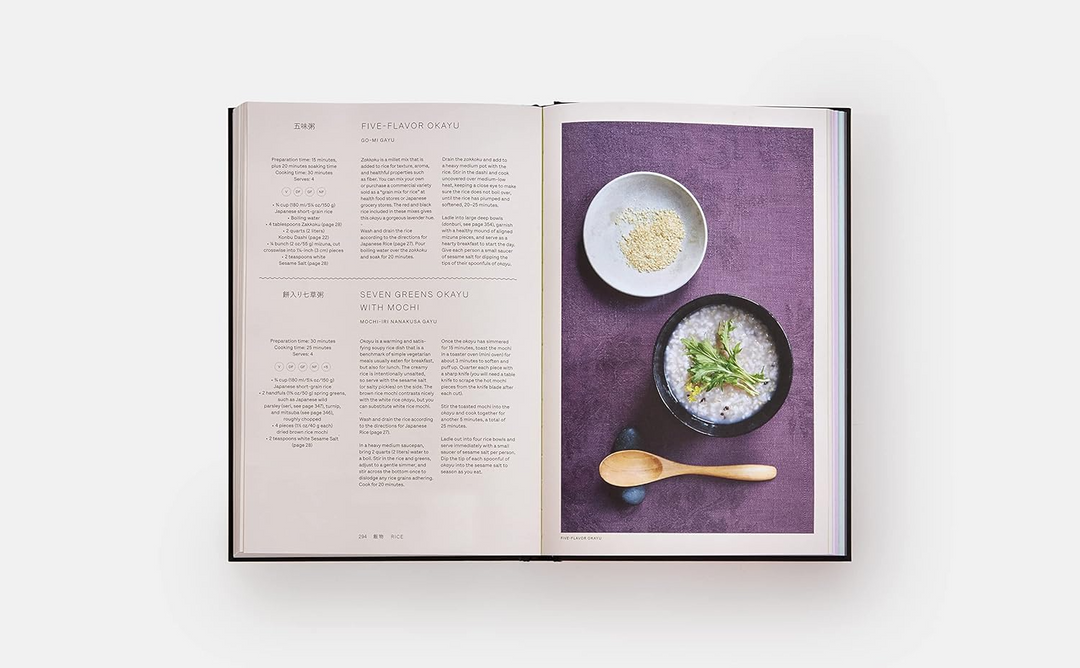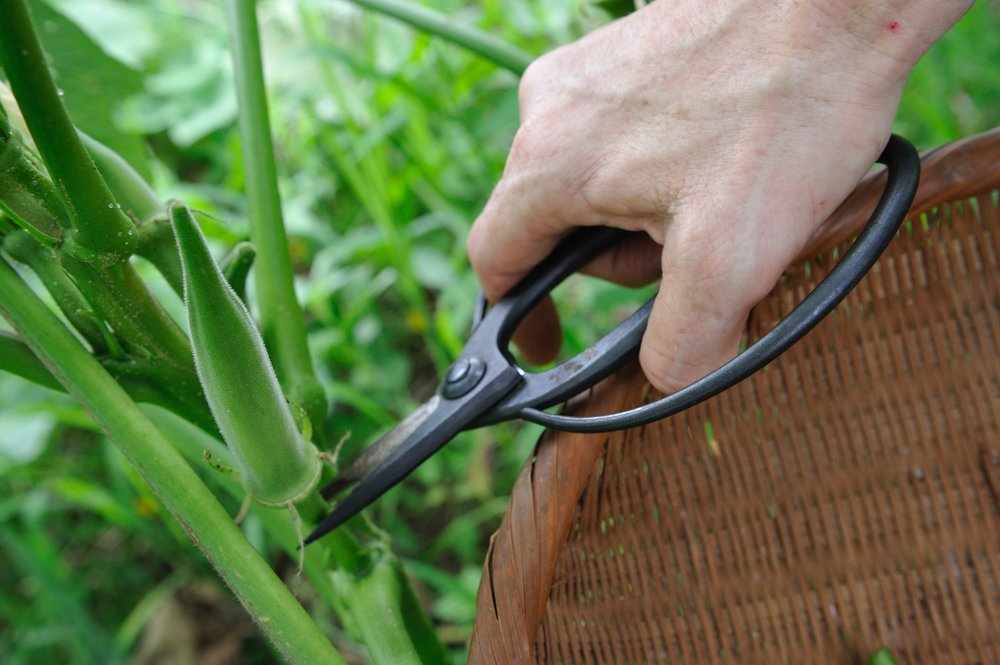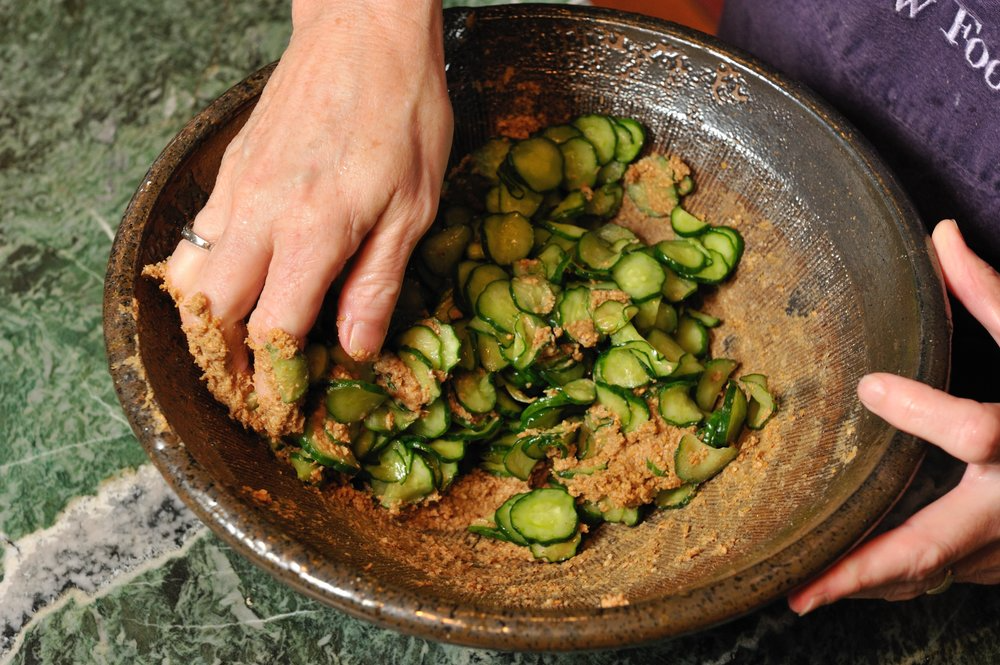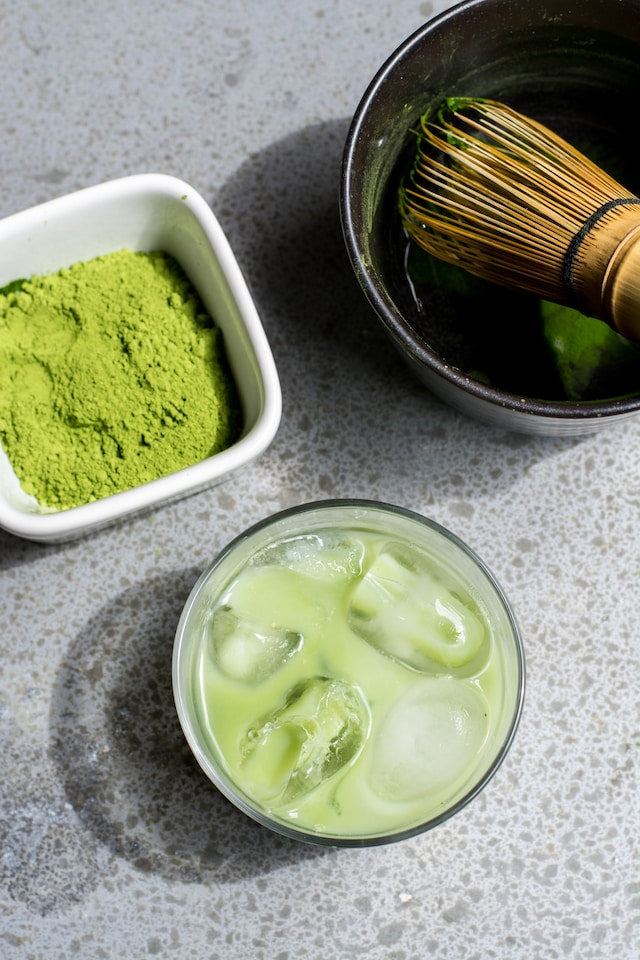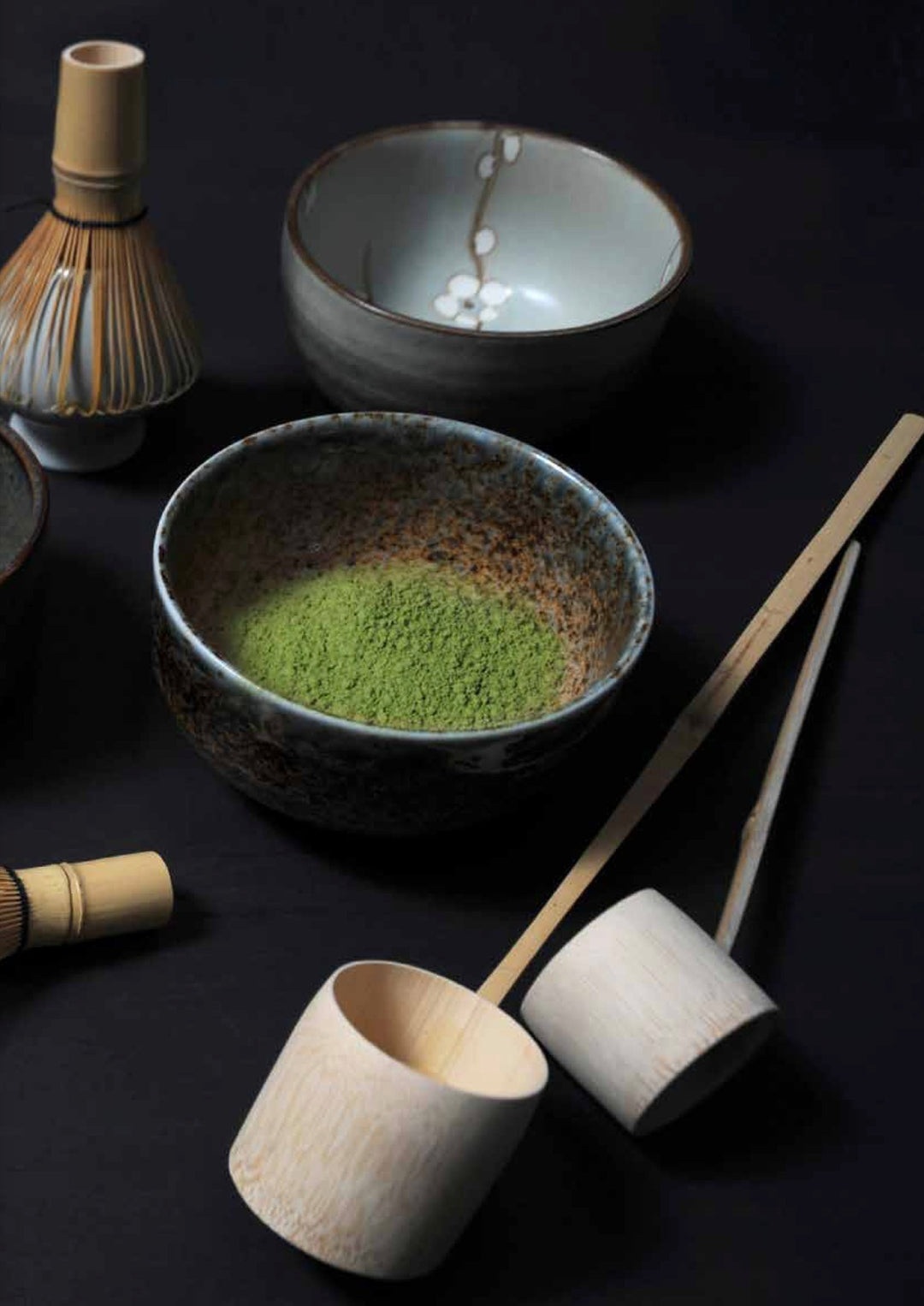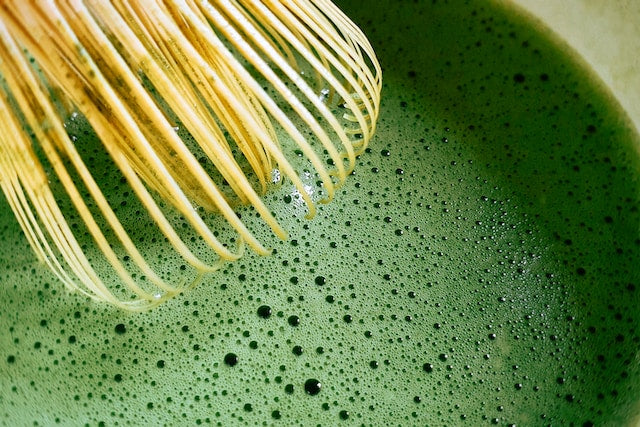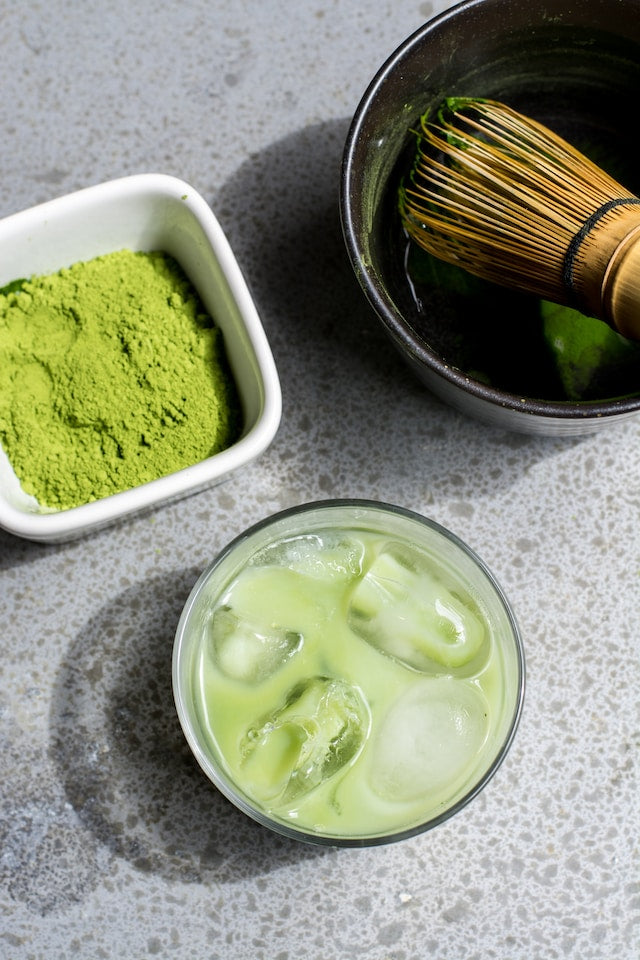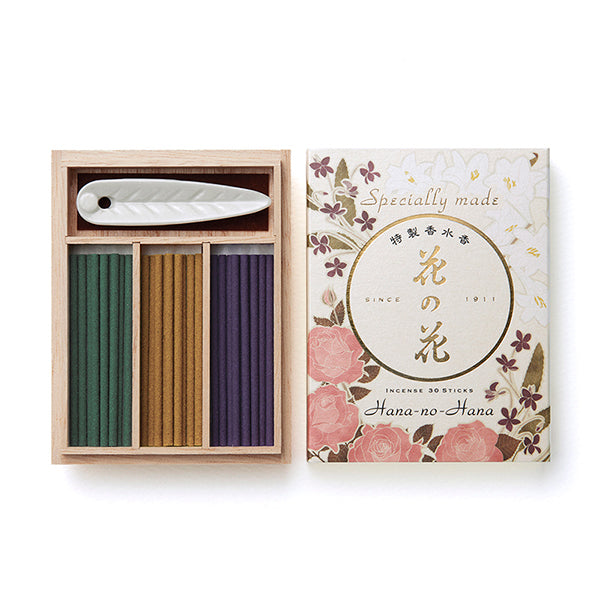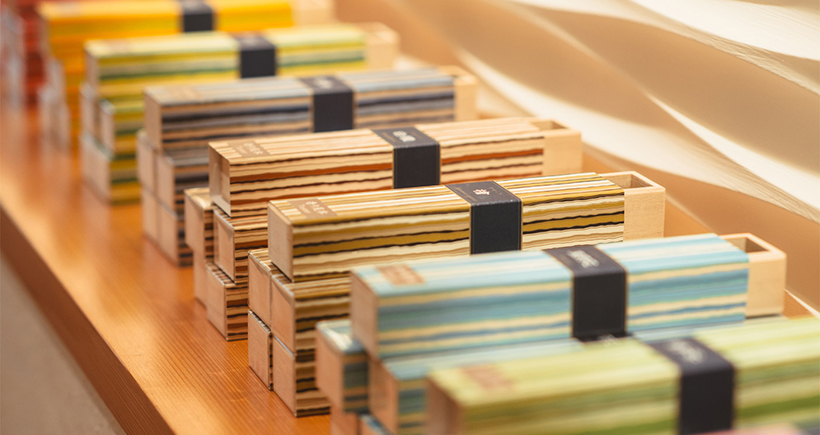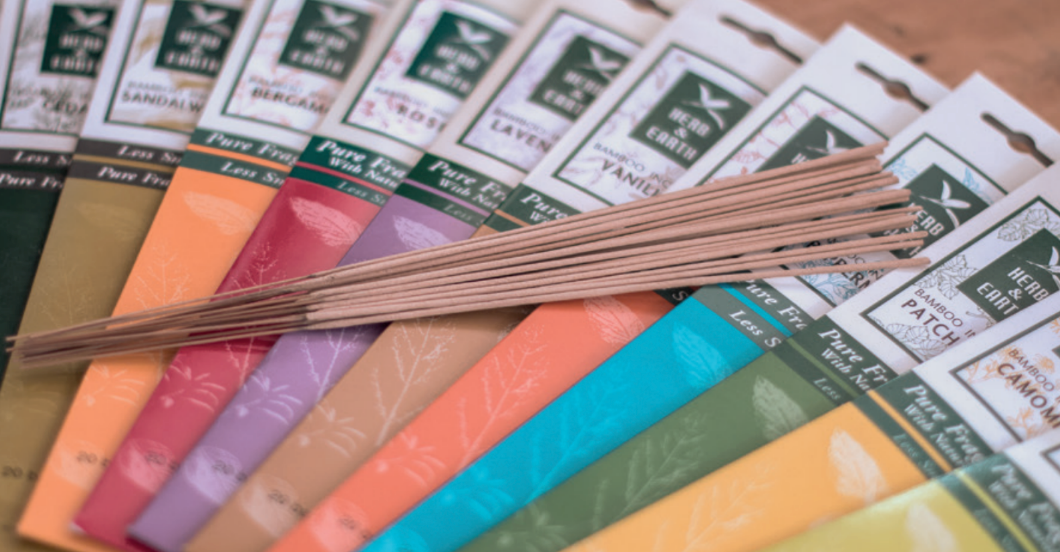Shinmei Akafuji Akitakomachi Japanese Rice 2kg
- Free insurance worldwide shipping
- In stock, ready to ship
- Backordered, shipping soon
Shinmei Akafuji Akitakomachi japanese Rice 2kg
あかふじ 秋田県産あきたこまち
Real Japanese premium top quality rice.
For a rich-tasting, authentic Japanese-grown white rice, Shinmei's Akafuji Akitakomachi is hard to beat. This rice is locally grown in Akita Prefecture and is famous all over the country for its delicious taste and superior quality. Once freshly cooked, this rice becomes sticky and chewy and textured while retaining its shape and moisture. Shape this rice into sushi or onigiri rice balls, or serve alongside other Japanese meals.Shinmeis Akafuji Akitakomachi is a Japanese rice for every occasion. Bred in Akita Prefecture, this Akitakomachi is known for its delicious taste and great quality. After cooking, the rice retains its shape and moisture. The rice is sticky and chewy and excellent for sushi and onigiri.
Instructions:
Wash the rice well with cold water, if the water starts to clear then the rice is clean.
Drain all the water and let the rice rest for half an hour so that it is well soaked.
Boil the rice with the right amount of water.
How much water?
A frequently asked question, with many vague answers. In Asia we used to know not a millimeter of water. The Japanese used cups instead of milliliters of water. Just like the Americans, they used Cups instead of grams or millimeters of liquid. It is therefore better to use Cups for the right amount of water with the Sushi. What you do is first count the number of cups when you are going to wash the Sushi rice. For example it is 10 small cups. If your rice has been washed and you let it rest in the liquid for 20 to 30 minutes, then add 11 cups of water. It must be the same size cup as you washed the rice.
For example, if you have 20 cups of rice, you add 21 cups of water. You also have to experiment a bit to see how the result will be. An electric rice cooker cooks very differently than in a regular pan. With a rice cooker you will soon have less moisture loss and it will automatically switch to heating mode at a certain point when the cooker is almost done cooking. With a regular pan with a lid, you have to put it on low heat at the last minute or sometimes turn off the heat and let it finish cooking by not opening the lid.
Ingredients: Rice
Use collapsible tabs for more detailed information that will help customers make a purchasing decision.
Ex: Shipping and return policies, size guides, and other common questions.


